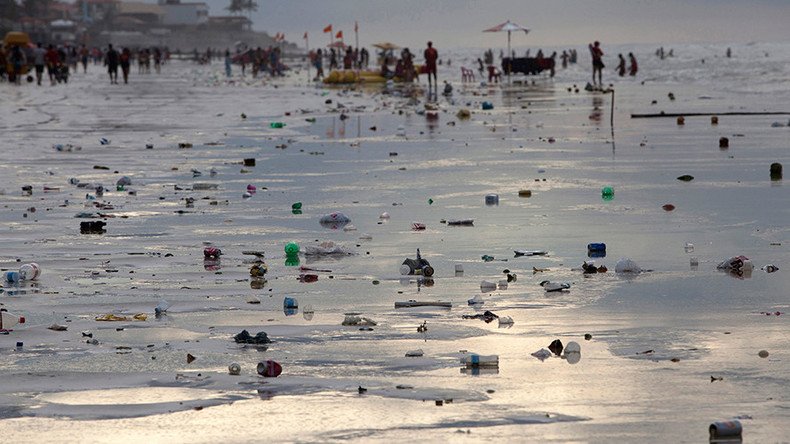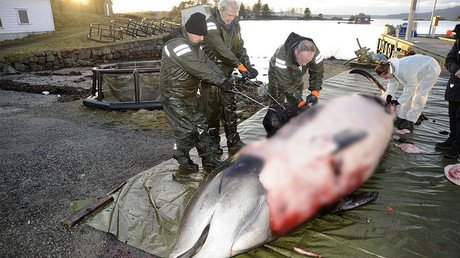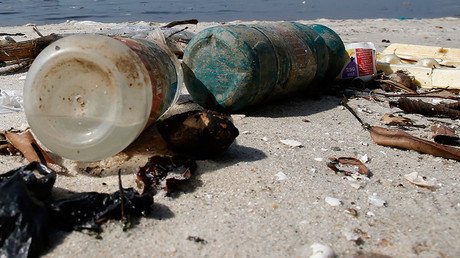‘Conveyor belt of trash’: Arctic Ocean is ‘dead end’ for West’s plastic pollution, study says

The Arctic Ocean is a “dead-end” for plastic pollution coming from northwest Europe, the UK, and the east coast of the US, according to a new study, which describes the waterway as a “conveyor belt” of synthetic filth.
Researchers from 12 institutions in eight countries took part in the study, which was published in the journal Science Advances on Wednesday.
The research was conducted aboard the Tara, a vessel that completed a trip around the North Pole from June to October 2013. Data from two additional sites, which was gathered during a previous trip in 2011, was also used.
The researchers used nets to collect debris floating on the ocean’s surface.
Although the researchers found that most of the ice-free surface waters in the Polar Circle were only “slightly polluted” with plastic debris, such garbage was “abundant and widespread in the Greenland and Barents Seas.”
“The amount of floating plastic debris trapped in the surface waters of the Greenland and the Barents Seas is estimated to be on the order of hundreds of tons; it comprises around 300 billion pieces, mainly fragments around the size of a grain of rice,” the Tara Expeditions Foundations said in a press release.
The study’s lead author, University of Cadiz biology professor Andres Cozar Cabanas, called the Greenland and Barents Seas a “dead-end for this poleward conveyor belt of plastic.”
To figure out where the debris came from, the team used data from 17,000 satellite tracked buoys already drifting in the world’s oceans. These instruments, which are deployed by organizations including the National Oceanic and Atmospheric Administration (NOAA), help researchers understand a range of environmental factors, including currents, winds, and temperature.
After analyzing the data, the team determined that a large quantity of the pollution had come from “large-scale transportation of litter created by ocean currents from the populated coasts of the North Atlantic.”
“What is really worrisome is that we can track this plastic near Greenland and in the Barents Sea directly to the coasts of northwest Europe, the UK, and the east coast of the US. It is our plastic waste that ends up there,” said Erik van Sebille of the Grantham Institute at Imperial College London, who was involved in the research.
The study noted that Thermohaline Circulation, a “global conveyor belt” known for redistributing heat from the warmer latitudes to the poles, is involved in moving the garbage into the worst affected areas.
The pollution goes beyond what can be seen on the surface, however. The team estimated that even larger quantities of plastic debris exist on the seafloor.
If those findings weren’t grim enough, the numbers could point to an even darker future for the Arctic Ocean, as humans have managed to make such a contribution to Artic pollution using plastics for only a few decades. In other words, the more we to use, the worse the pollution in the ocean is likely to become.
Romain Trouble, director of the Tara Expeditions Foundation, said the findings “highlight the importance of minimizing plastic waste at the source.”
He went on to say that industries, households, communities, and countries need to better manage their waste “because once plastic reaches the ocean, its destination and impacts become uncontrollable.”
The findings come just two months after a separate study found that the world’s oceans are hiding invisible pollution from everyday objects, including clothing and tires.














